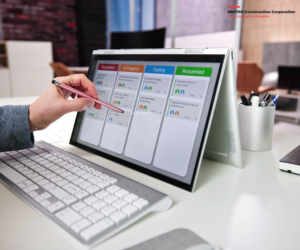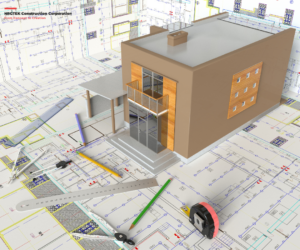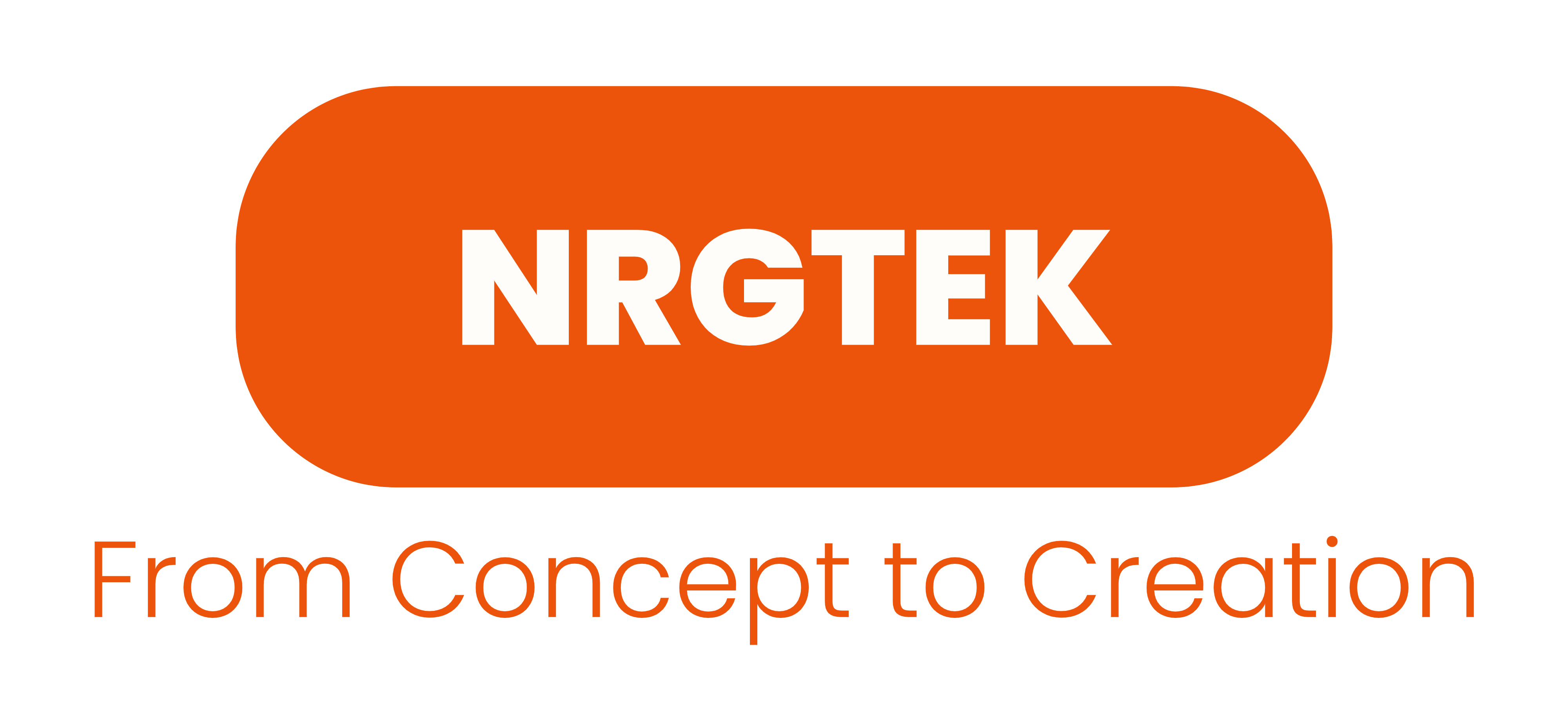
The expansion of economies worldwide has always depended on the construction sector, but it has also faced many difficulties, including exorbitant prices, protracted project schedules, and ineffective resource management. However, the sector is changing significantly as a result of the introduction of new technology. The way construction projects are planned, carried out, and finished is changing due to technologies such as 3D modelling, drone inspections, and project management software. These developments not only increase productivity but also lower expenses and raise the standard of work overall.
1. Project Management Software: Streamlining Operations and Communication
Every successful construction project starts with effective project management. Project managers used to rely on spreadsheets, paper-based timetables, and manual communication techniques, which frequently resulted in delays, misunderstandings, and expensive errors. But the way construction teams work together and maintain project timelines has been completely transformed by project management software.
How Project Management Software Improves Efficiency:

Centralized Information: Project management software allows all project information—such as schedules, budgets, and tasks—to be stored in one central, easily accessible platform. This ensures that everyone on the team has up-to-date information at all times, reducing the likelihood of errors or delays caused by outdated data.
Real-Time Collaboration: Teams can communicate in real time, making it easier to address issues as they arise. This level of collaboration helps keep projects moving smoothly and ensures that any obstacles are addressed before they escalate into larger problems.
Tracking and Reporting: Advanced project management tools allow for detailed tracking of project progress, including budget adherence, resource allocation, and time management. Real-time reporting ensures that issues such as cost overruns or schedule delays are spotted early, allowing for quick intervention.
Cost Reduction:
Through improved visibility into project data and procedures, project management software reduces delays, improves resource utilization, and helps avoid costly errors. More precise cost forecasting and planning are made possible by improved project tracking, which also aids in the identification of inefficiencies.\
2. Drone Inspections: Enhancing Accuracy and Safety
Drones are quickly emerging as a crucial instrument in the building sector, particularly for progress tracking and site inspections. Construction teams may collect data and keep an eye on job sites more effectively than they could with conventional techniques by utilizing drones fitted with high-resolution cameras and sensors.
How Drone Inspections Improve Efficiency:
Faster Inspections: Drones can inspect big construction sites more faster than a human could with a physical inspection. Additionally, they don’t require scaffolding or ladders to reach hard-to-reach places like rooftops or the tops of big buildings.
Real-Time Data Collection: Drones can swiftly take excellent pictures and movies, giving a thorough overview of the location. Real-time processing of this data enables quick decision-making and minimizes downtime.
Benefits for Safety: Drones can take the place of workers performing risky jobs like scaling ladders or scaffolding to examine high or hazardous regions. This lowers the chance of accidents as well as insurance premiums and workers’ compensation claims.
Cost Reduction:
Drones contribute to lower operating expenses by lowering the time and labor needed for site inspections. Rapidly spotting issues or irregularities in building projects also aids in avoiding expensive rework, which can have a big impact on the bottom line. Drone inspections also lessen the need for costly tools like scaffolding or cranes, which lowers the cost of the inspection procedure.
3. 3D Modeling and Building Information Modeling (BIM): Improving Design and Construction Precision
Building Information Modelling (BIM) and 3D modelling are two of the biggest technological advancements in the construction industry. The design and implementation of construction projects have been completely transformed by these technologies. Building Information Modelling (BIM) is the process of producing intricate, digital 3D models of infrastructure, buildings, and other structures. Along with the building’s geometry, these models also contain information about systems, materials, and other crucial details.
How 3D Modeling and BIM Improve Efficiency:

Enhanced Visualization: 3D models provide a realistic representation of the final project, allowing construction teams to visualize the design and identify potential issues before construction begins. This helps avoid costly changes during construction and ensures that all parties are aligned on the project’s goals.
Clash Detection: BIM allows for clash detection, which is the process of identifying conflicts between different building systems (e.g., plumbing, electrical, structural) early in the design phase. This reduces the chances of delays caused by unforeseen issues, ensuring that construction proceeds without costly surprises.
Collaboration: 3D models and BIM facilitate better collaboration among architects, engineers, contractors, and subcontractors. Since all stakeholders work from the same digital model, miscommunication is reduced, and changes can be easily tracked and shared with everyone involved in the project.
Cost Reduction:
More precise project planning and fewer mistakes are made possible by BIM and 3D modelling, which immediately results in fewer change orders and less rework. The construction process can be finished more quickly and affordably with improved planning and visualization. These technologies also aid in waste reduction and material optimization, which lowers project costs even further.
4. Additional Benefits of Construction Technology
Beyond the primary benefits of improved efficiency and cost reduction, construction technologies also bring several other advantages to the industry:
Sustainability: By enabling more effective material use, technologies like BIM and 3D modelling help to cut waste and advance sustainability. This can enhance a company’s standing in the marketplace while assisting them in meeting environmental norms and laws.
Better Control: Construction teams can make sure that work satisfies quality requirements at every stage of the project by using cutting-edge monitoring technologies like drones and sensors. This degree of supervision guarantees that the finished product fulfills or surpasses expectations.
Faster Project Delivery: Construction technology makes it possible for projects to be finished on time or earlier by enhancing planning, communication, and teamwork.
This helps businesses expand their ability to take on new tasks while also increasing client satisfaction.
Conclusion
Technology is revolutionizing the construction sector by increasing productivity, cutting expenses, and raising the quality of work produced. Process simplification, accuracy improvement, and resource optimization have all been made possible by tools like project management software, drone inspections, and 3D modelling. These technologies’ influence on the construction industry will only increase as they develop more and become more widely used, enabling firms to complete projects more quickly, more cheaply, and with greater quality. Construction companies may keep ahead of the competition and satisfy the rising expectations of a world that is becoming more and more technologically advanced by adopting these technologies.











https://ushas-u.com/
I’m extremely impressed with your writing skills as well as with the layout on your blog.
Is this a paid theme or did you customize it yourself? Anyway keep
up the excellent quality writing, it is rare to see a great blog like this one nowadays.
https://ushas-u.com/